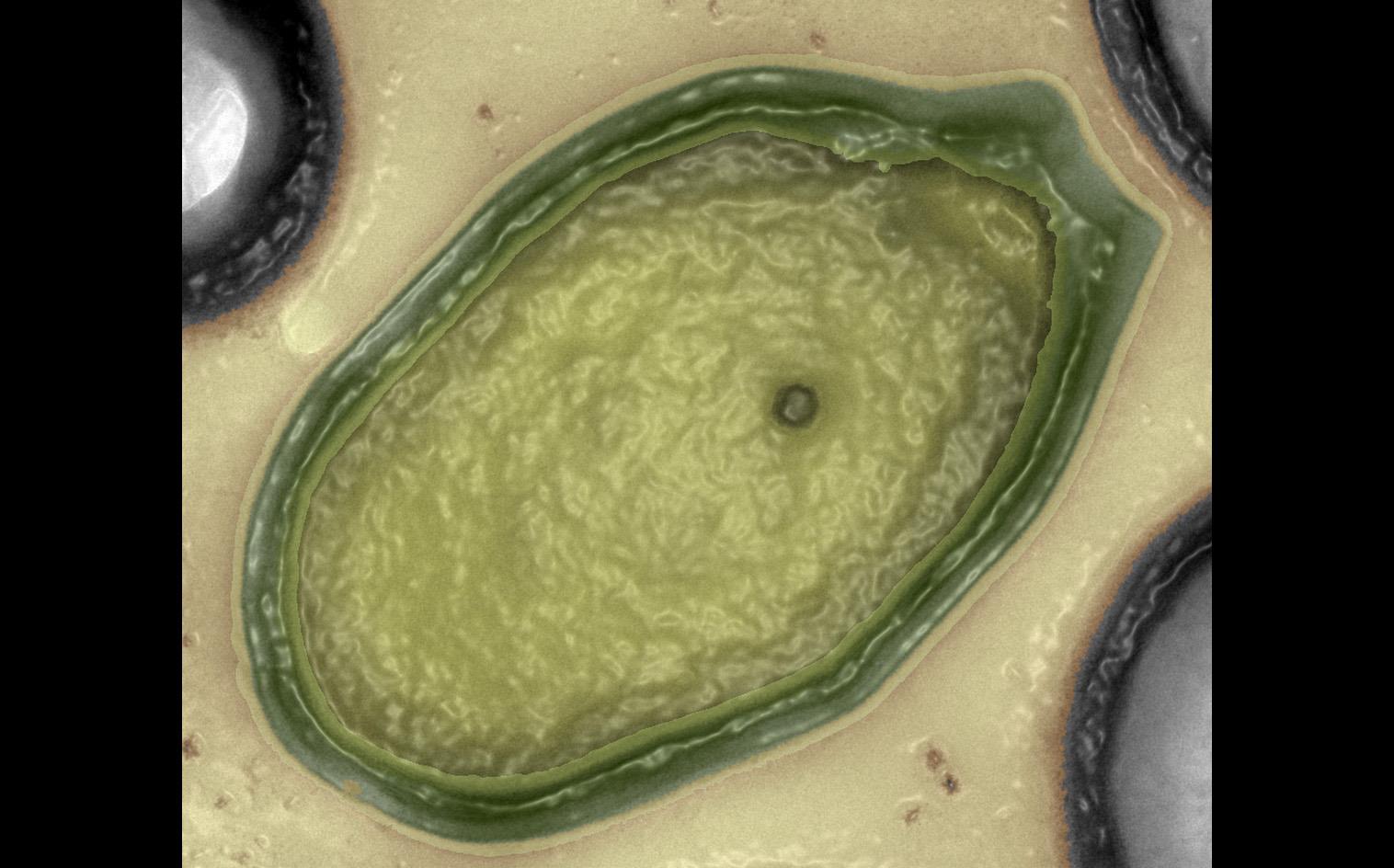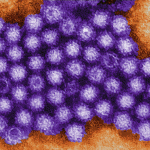Viral comments virus-(11): Pandoravirus: size does matter!

Every day we learn more and understand less. This phrase comes to mind when you read a bit about Pandoravirus. Viruses are not, all, that contagium vivum fluidum (contagious living fluid) that said the Dutch scientist Martinus Beijerinck in his first description of snuff mosaic virus (late nineteenth century).
In recent years, precisely because they put the focus on this issue (how many issues remain in the dark because we have no money to bring them to focus!) , Viruses have been describing that challenge our idea of its scale. They are not as small (20 to 200-300 nm , ie less than one ten thousandth of a millimeter) has deleted the border with bacteria “classic” as members of the genus described Pandoravirus described to date have a size 1 micron and can accumulate more than 2500 genes.
But one thing (like saying Jack the Ripper). In the early 90 it was described some entities that infect free-living amoebae, Acanthamoeba , isolated in water cooling towers , which were erroneously assigned as gram positive bacteria (Bradfordcoccus ), nobody could imagine that something that size out a virus. It was not until 2003 that a group of French researchers what ‘s right went upside down and rewrote / rediscovered as a virus (Mimivirus), with a size of 400 nm, and filamentous projections that made him reach a final average diameter 600 nm. The genome was huge, to be a virus, a double-stranded DNA than 1 million base pairs, with about 1000 genes encoding (many of them unique, not found in other viruses, or rarer still, only present in cellular organisms).
In 2011, a virus isolated from seawater into the Chilean coast led to the establishment of genus Megavirus, another giant virus with more than 1100 genes. Mimivirus have to face new rivals in terms of size.
And this year (Science 2013), two new titans have entered the scene: Pandoravirus dulcis (isolated on amoebas in pound water, water from a lake near Melbourne, Australia) and Pandoravirus salinus (found in marine sediment the Chilean coast). These viruses have a size that reaches the micrometer, and contain a genome of 2.5 billion base pairs (P. dulcis) or nearly 2 million (P. salinus). More than 2000 genes are contained by these viruses and only 6 % with parallels (homologies) in genes already known. This greatly complicates place them in the evolutionary tree and led to hypothesize that we are dealing with viruses that infect a branch (or a cell type, if you will) of the tree of life extinct (or not isolated yet).
And not only in the sea … A recent article describes the isolation of giant viruses from the blood of a healthy volunteer, and traces of their presence in four other donors, all healthy, possibly lurking amoebae that stayed in our body.
All of these viruses have been dropped for now in a kind of catch-all acronym NCLVD (nucleocytoplasmic large DNA viruses) to distinguish them from the border of “classical” size of virus constituted by the poxvirus, with representatives such as the smallpox virus (190,000 base pairs and a size of 250-350 nm).
A further consequence of these findings is the debate that has opened on fossil traces of life, the concept LUCA (Last Universal Common or Cellular Ancestor) and the role played by viruses in all the above.
Forbid that anyone suggest the name of Machotevirus for next giant virus isolated which challenge old conventions or belief but the focus of science will bring more surprises, for sure.
But that, that’s another story.














